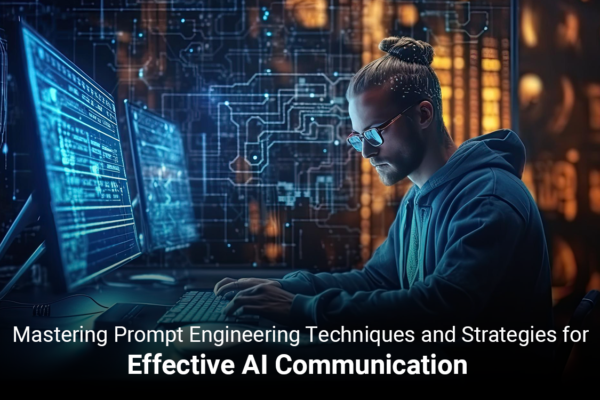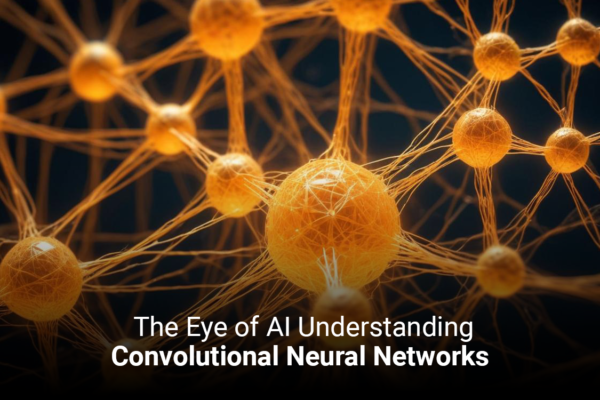Imagine an office space where your colleague is an AI Bot. Five years ago, the situation would have been considered a fantasy, but with AI’s rapid growth and proliferation, it is now a reality. With its ability to automate tasks, analyze data, and make informed decisions, AI undoubtedly brings immense benefits.
However, there is widespread concern about the potential impact of AI. Will it lead to massive job loss and create a divide between humans and machines?
In this blog, we navigate the complexities of this evolving relationship and explore ways to harness the power of AI for the betterment of both workers and society as a whole.
The Initial Resistance: Understanding Worker Concerns
While AI holds the potential to revolutionize industries, it is met with a certain degree of skepticism and resistance from workers. These concerns have stemmed from the uncertainties about the future of work and the impact of AI on traditional job roles.
Fear of Job Displacement
Historically rooted in past industrial revolutions, the concern revolves around the perception that AI will replace human roles, rendering jobs obsolete. However, it is crucial to debunk this myth and emphasize that AI is designed to augment human capabilities rather than supplant them. AI complements human skills so you can effectively convey that the goal is to enhance productivity, efficiency, and overall job quality. Despite the notion that AI will disrupt the job market, AI is expected to create 133 million new jobs by 2030. (Hostinger. in)
Lack of Understanding & Familiarity with AI
The need for more understanding with AI poses a significant hurdle. Employees find AI a complex and abstract concept, and as a result are uncertain about and resistant to adopt it. The only way out of this is demystifying AI through accessible and engaging initiatives and this responsibility largely falls on employers and organizations.
By breaking down complex AI concepts into digestible information and user-friendly applications, you can empower your workforce with the knowledge needed to embrace and effectively collaborate with AI. Providing training programs, workshops, and resources that help bridge the gap can foster a culture of continuous learning, enabling employees to adapt and contribute.
Bridging the Gap
Transparent communication channels are pivotal in keeping employees informed about AI implementations’ purpose, scope, and impact. Regular updates, and open dialogue provides avenues for receiving clarifications. These initiatives emphasize the collaborative potential of the AI technologies.
Mitigating the Impact of Job Displacement
- Implement reskilling programs to help workers transition into new roles and industries that complement AI technology.
- Support displaced workers, such as unemployment benefits and job placement assistance during transition.
- Explore opportunities for job rotation or redesign, where workers can assume new responsibilities aligning with their skills alongside AI integration.
Incorporating Human-centered Design in AI Development
- Involve workers in designing AI systems to ensure their needs and expertise are considered.
- Conduct thorough user research and usability testing to understand better how AI can augment human work rather than replace it.
- Prioritize transparency in AI algorithms and decision-making processes, allowing workers to trust and understand the outputs of AI systems.
Forming Partnership Between Employers, Workers, and Technology Providers
- Encourage open and ongoing dialogue to understand concerns, share insights, and find common ground.
- Establish collaborative forums or task forces where workers can provide feedback and voice their concerns regarding AI integration in the workforce.
- Create partnerships between employers and technology providers to ensure that AI solutions are developed in alignment with worker needs and priorities.
Promoting Diversity and Inclusion
- Ensure diverse representation within AI development teams to foster various perspectives and prevent algorithm bias.
- Encourage input of workers from different backgrounds in decision-making processes concerning AI implementation.
- Conduct regular audits and evaluations of AI systems to identify and address discriminatory impacts, ensuring a fair and inclusive AI-human workforce.
Conclusion
We are rapidly proceeding toward a world where human workers and AI will need to work together to build a future of shared progress and prosperity. Just like the Brooklyn Bridge connects Manhattan and Brooklyn, you can create a bridge between AI and human workers, allowing them to work hand-in-hand. You can illustrate the power of building bridges and dismantling barriers only through successful collaboration.
Source:
S., M. (2023a, November 10). 28 AI statistics and Trends in 2023. Hostinger Tutorials. https://www.hostinger.in/tutorials/ai-statistics?ppc_campaign=google_search_generic_hosting_all&bidkw=defaultkeyword&lo=9062111&gad_source=1&gclid=CjwKCAiA9dGqBhAqEiwAmRpTC69xwwlvviQN8EwNyhk29l2IAX0hY5BxBARui4aHC0QI8cZrtBocvhoCcLkQAvD_BwE























